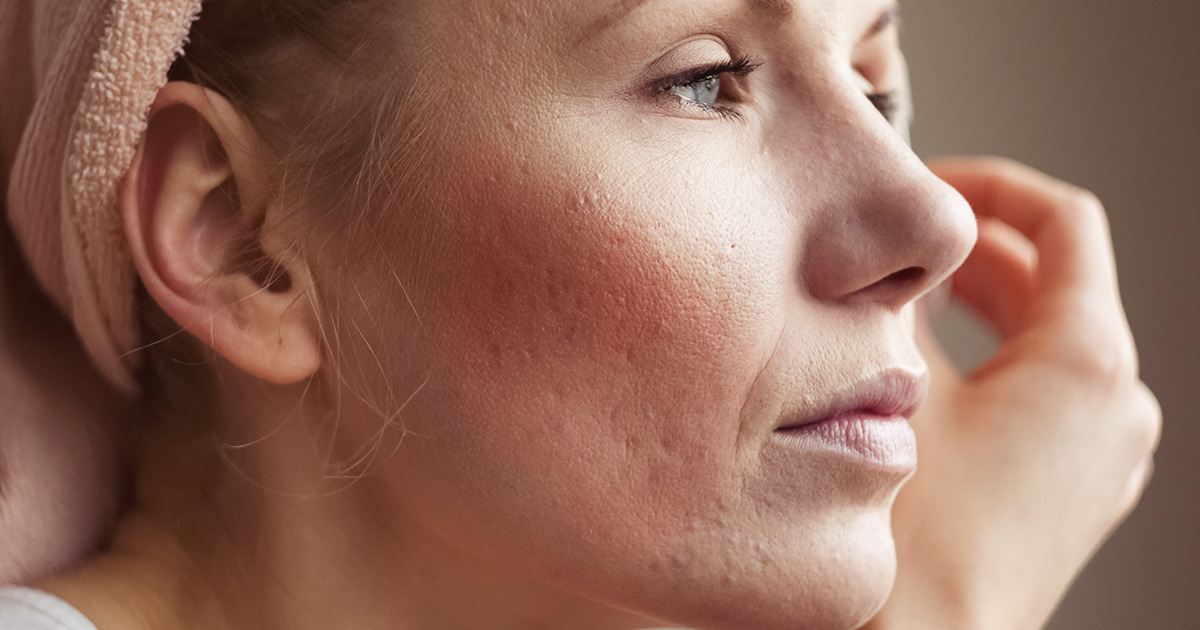Common Causes Of Perioral Dermatitis
Perioral dermatitis is a skin condition that causes bumps and redness around the mouth, though in rare cases it can also appear on other areas, such as the eyes and noses. Perioral dermatitis is more common in women between fifteen and forty-five years old. The rash typically looks flaky or scaly, and symptoms vary from person to person. One individual might experience a few unnoticeable bumps, while others may have several hard to miss ones. Bumps can appear skin-colored, red or pink, but are not the same as acne. Perioral dermatitis may be itchy, but generally doesn't hurt. Some patients will feel a mild burning sensation or tightness in the affected skin.
It is imperative to use proper treatment measures for anyone dealing with the symptoms of perioral dermatitis.
Rosacea

Perioral dermatitis and rosacea are both skin disorders that cause lesions, itching, and redness. It is very common for them to occur together even though they are unrelated. The symptoms many individuals experience include stinging, burning, red or flushed skin, pustules, an enlarged nose, and visible blood vessels. Rosacea is an inflammatory skin disorder that affects the scalp, face, skin, and other parts of the body. Around twenty-five percent of individual's with perioral dermatitis also have rosacea. Dermatologists believe this is more common in specific skin types like fair skin. If an individual has both inflammatory skin disorders, it is crucial to seek treatment to manage each condition's symptoms.
Keep reading to learn more about what can cause perioral dermatitis now.
